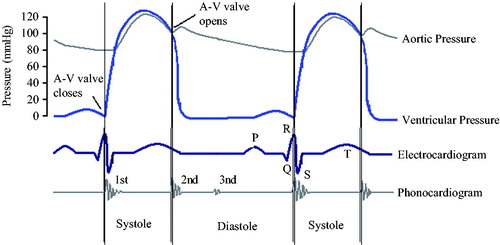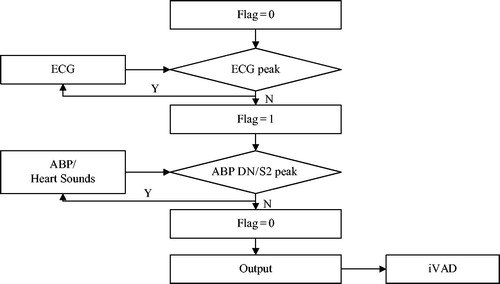Figures & data
Figure 1. Relationship between ECG, aortic pressure, and heart sound signal at ventricular pressure.

Figure 2. The synchronous control flow chart (ABP is aortic blood pressure, DN is dicrotic notch, S2 is the second sound).

Register now or learn more
Open access
Figure 1. Relationship between ECG, aortic pressure, and heart sound signal at ventricular pressure.

Figure 2. The synchronous control flow chart (ABP is aortic blood pressure, DN is dicrotic notch, S2 is the second sound).

People also read lists articles that other readers of this article have read.
Recommended articles lists articles that we recommend and is powered by our AI driven recommendation engine.
Cited by lists all citing articles based on Crossref citations.
Articles with the Crossref icon will open in a new tab.